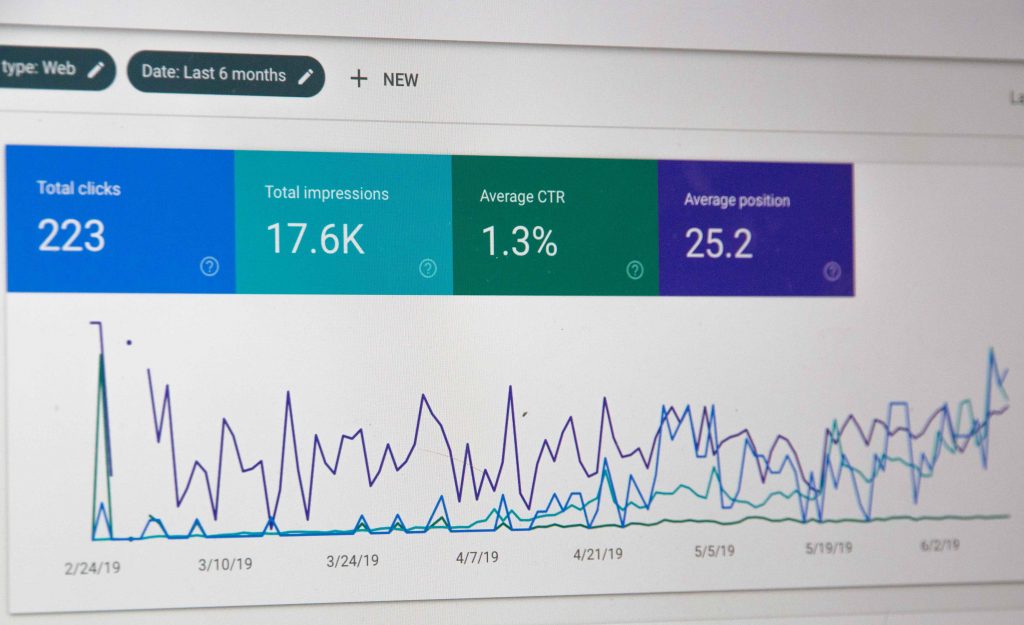Privacy in advertising has become a hot-button issue in recent years, driven by concerns about data breaches, consumer rights, and evolving regulations. State governments, in particular, have taken significant steps to protect individuals’ privacy online. In this blog, we’ll explore the landscape of privacy in advertising and provide guidance on how to stay compliant with state regulations.
The Changing Landscape of Privacy in Advertising
Privacy concerns in advertising have intensified as technology has evolved. The rise of targeted advertising, where companies collect user data to deliver personalized ads, has raised ethical and legal questions about data usage. In response to these concerns, several states have implemented their own privacy regulations.
State Regulations and the CCPA
One of the most influential privacy laws is the California Consumer Privacy Act (CCPA), which came into effect in January 2020. It grants California residents the right to know what personal information is collected, request its deletion, and opt out of the sale of their data. Other states have followed suit, introducing similar laws to protect their residents’ privacy.
Navigating State Regulations
Compliance with state privacy regulations can be complex, but it’s essential for businesses to build trust with consumers and avoid hefty fines. Here are some key steps to help you navigate these regulations:
1. Understand Applicability: Determine whether the state regulations apply to your business. Many laws have specific criteria, such as the size of your company or the amount of data you collect.
2. Data Mapping: Conduct a comprehensive data audit to understand what personal information you collect, where it’s stored, and how it’s used. This is crucial for providing accurate disclosures to consumers.
3. Privacy Policies: Update your privacy policy to align with state regulations. Ensure it clearly explains data collection practices, rights granted to consumers, and how to exercise those rights.
4. Consent Mechanisms: Implement robust consent mechanisms for data collection. Make it easy for users to opt in or out of data sharing and adjust their preferences.
5. Data Security: Strengthen your data security practices to protect user information. Regularly assess vulnerabilities and train employees on data protection measures.
6. Data Deletion Requests: Be prepared to fulfill consumer requests for data deletion promptly. Establish a process to verify and handle these requests effectively.
7. Data Sharing Agreements: Review and update agreements with third-party partners, ensuring they also comply with state regulations and respect user privacy.
8. Record Keeping: Maintain detailed records of data processing activities, consent records, and compliance efforts to demonstrate accountability.
9. Consumer Education: Educate your users about their privacy rights and how to exercise them. Provide clear avenues for them to contact your company regarding privacy concerns.
10. Continuous Monitoring: Stay informed about evolving state regulations and adjust your practices accordingly. Compliance is an ongoing effort.

Privacy in advertising is a complex and ever-evolving landscape, with state regulations playing a significant role in shaping the industry’s future. By understanding and complying with these regulations, businesses can build trust with consumers, protect sensitive data, and thrive in an environment where privacy is valued more than ever. Stay vigilant, stay compliant, and prioritize privacy in your advertising practices.
The best way to be sure you’re making wise advertising investments is to have a professional Media Buyer managing your paid advertising strategy. Our team has been serving customers like you since 2008. Can we help you, too? Call us today!

